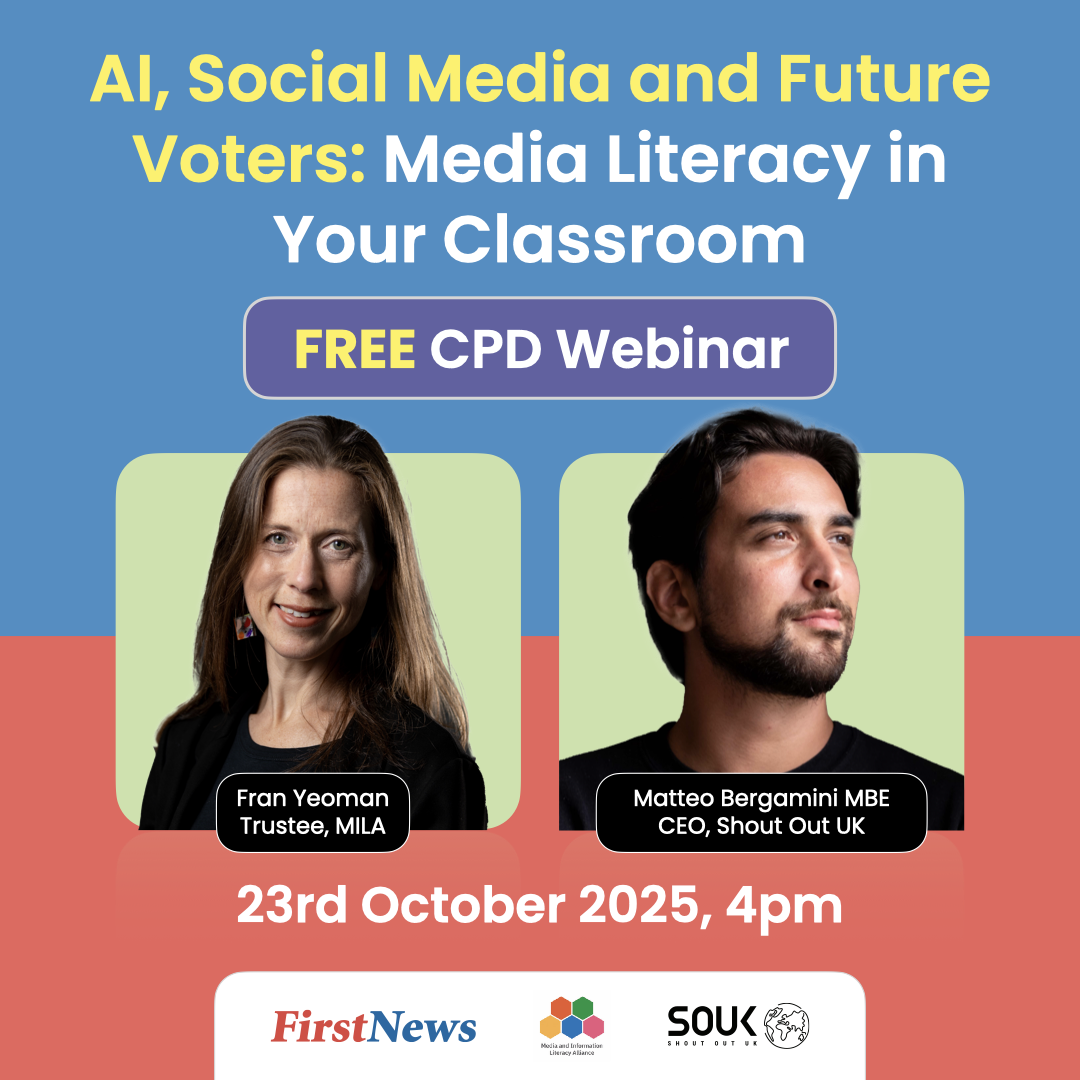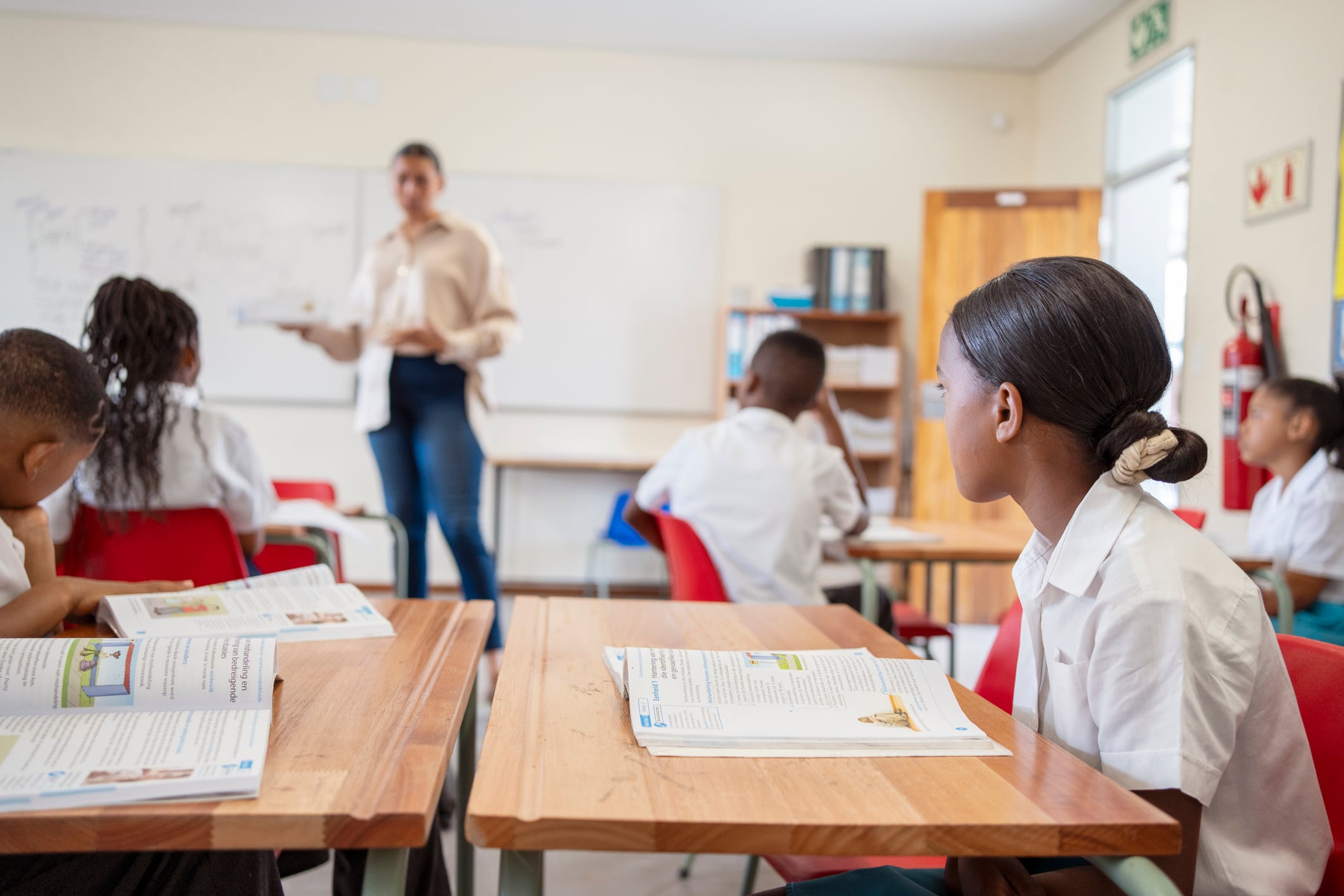Teaching Critical Thinking to Young Children
Critical Literacy
When faced with a hurdle, we need to find ways to get over it. Critical thinking skills allow us to come up with ideas and find materials to build a ladder, dig a tunnel, or burrow straight through. They also give us the wisdom to work out which method would be most effective and efficient.
In this sense, incorporating critical thinking skills into a young child’s development is vital to help them solve problems and make good decisions. Luckily, there are opportunities all around us that help to hone your pupils’ critical thinking and teach them about consequences. Here’s a handy guide stacked full of critical thinking activities, tips and tricks to nurture problem-solving in young children.
7th February 2020

What is Critical Thinking?
The word ‘critical’ can often conjure negative connotations. In fact, critical thinking is related to the logical unpacking of ideas and objects – and the judgements we make when we see these concepts dissected. To understand why critical thinking is such an integral skill to foster in young children, it’s important to have an understanding of what critical thinking is and how it manifests in behaviour.
While critical thinking may be a honed skill, it can also be considered a practice that we use when new information presents. Critical thinking is the art of examining information from all angles to solve problems. In the process of examining this information, critical thinking skills enable us to self-direct, self-monitor, self-discipline, and self-correct our thought patterns and behaviours.
Put another way, critical thinking not only helps us to understand the many perspectives on a certain piece of information, but it also helps us to integrate those perspectives into our own thinking patterns. Having this skill evolves our own viewpoints and opinions. This, in turn, enables us to make more mature decisions by combining all the information we receive.
Equally as importantly, critical thinking enables us to give appropriate weight to information we receive, assigning it its correct priority, and responding accordingly. Fostering critical thinking means teaching your pupils how to reflect objectively on their thoughts, behaviour and actions. From there, they learn how to craft the type of questions a critical thinker asks. This helps to find innovative ways to help themselves improve for the future.
Why Are Critical Thinking Skills Important?
Critical thinking skills are integral to making good decisions, understanding consequences, and solving problems. When presented with dilemmas, critical thinking serves as a toolbox to break down the problem-solving process.
When faced with a problem, children need to understand how to analyse the issue from its many angles to make an informed decision that’s right for them. This means they need to understand the effects of this decision in the future. By understanding the consequences of their actions and reflecting upon them, children can use critical thinking skills to transfer past experiences to future decision making and problem-solving – integrating this new information to further evolve themselves.
Critical thinking tools are the tools that help children to map out a path to their visions. Often manifesting as self-control and discipline, promoting critical thinking helps children to set goals and accomplish targets in a manageable way while improving their communication and analytical skills. In the classroom, these children often shine through as the best ‘improvers’, as they take past work and use it to self-correct and re-design for improved future versions.
When we sharpen critical thinking, we take a child’s natural curiosity and wild imagination as the foundation. Leveraging this, critical thinking teaches children to learn from their actions, creating building blocks to self-guidance.
By enhancing critical thinking skills in the classroom, you can enable pupils to absorb new information and make shrewd judgements on that data. This provides the caveat for children to be creative with that information to better themselves and the world around them.
How to Teach Critical Thinking Skills to Young Kids
Critical thinking comes more easily to adult brains, we’ve lived within the social and physical parameters long enough to know what mostly works. While explaining critical thinking you’re setting the logical parameters in which your pupils will judge the world.
For example, imagine you’re trying to teach a child to catch a ball. In that moment, you’re throwing together a world of concepts, from the ball’s trajectory and speed, to the position a child needs to place their hands, to the mechanics of the action needed to catch the ball mid-flight. Rarely will a pupil succeed first time.
However, on the second attempt, we have two teaching methods. We can tell or show them exactly what they did wrong or we can teach the child how to analyse what went wrong. The first method gets the pupil closer to catching the ball. The latter is the transferable skill of critical thinking. When children use critical thinking to analyse their performance they learn how to self-correct and improve by themselves. They can then apply this skill to catching a ball, learning to paint, reading, cooking, maths problems, and so on.
Importantly though, we don’t impose our hard and fast rules on the exact method needed to achieve the exact result — we instead enable children to experiment and find a technique that suits them to solve their problems.
Crafting critical thinking activities that bear relation to real-world events is a great start in the classroom. While storybooks have their place, using newspapers, topical subjects, and day-to-day events (like walking to school or playing on the playground), we can teach our pupils to engage critically with the world in which they live.
Spark Curiosity Using Their Interests
To set up moments for critical thinking, we must spark curiosity. Engaging children in real-world events happening around them will help to drive passion and concern for others outside their individual remit. Equally, it will help them form opinions on important topics that affect them within their community.
While it may seem like your pupils have no interest in what seem like ‘adult topics’, their ideas may surprise you – just think of Greta Thunberg! An age-appropriate news source — such as First News — is a key resource for engaging younger pupils in topical events. Why not use an issue for a personal research project.
Instruct your pupils to find a news story that’s important to their personal lives. Cut the story out and stick it to a large piece of paper. Have the pupils write a short text description outlining why the story is important to them, and what they think is good and bad about it. Next, have them research the topic using different sources — the internet, books, other newspapers, podcasts, asking other teachers. Have each pupil add this new information on their board (words, articles, pictures) and write a new description explaining how they feel with the added information they have gathered.
By using a child’s interests as a caveat, you spark their curiosity. In doing this, you give them an urge to want to find out more. In order for a child to think critically, research is crucial. Research enables critical thinkers to find evidence on which to make a judgement. When they are given the room to research a curiosity, children often do it with vigour and enthusiasm. Leverage this passion to encourage your pupils to think of diverse ways they can find answers or research the story more.
Once your pupils have collated their information, show children how to analyse this data. Using pros and cons, children can work out how valid their evidence is as well as how it sways their opinion. By having children write down their new opinion, you encourage reflection — a vital skill for critical thinkers to understand where and how to improve.
Problem-Solving Shortcut
Critical thinking is all about problem-solving so kids need a simple way to break down problems and work through them methodically.
A quick problem-solving tool to use in younger classrooms is:
1. Identify the problem
2. Identify who the problem affects
3. Identify five possible solutions
4. Write the pros and cons of each solution
5. Pick one or combine a few
6. Test the solution
7. Measure the feedback of the solution and reflect on it
8. If it doesn’t work, try a different solution. If part of the solution worked, how do you improve on it?
Break Down Information to Its Smallest Parts
It’s important to ensure that when we explain something to our pupils, we break it down to its most simple components and teach them how to do the same.
Children can misinterpret information so it’s important to explain something and then break it down so you know they understand the intricate meaning of an idea. This gives them a solid grounding for thinking about it critically. By delving into the topic, you help to break it down more simply so children understand that problems are complex and layered.
Use Characters to Encourage Empathy
One of the most vital points of critical thinking is being able to assess a concept from different angles. Especially when it comes to cohesion and collaborative solutions, being empathetic can help to pave the way to understanding various perspectives.
For children, being empathetic can help them to build teamwork skills. By combining empathy and critical thinking, young children can figure out how to work together, share skills among themselves, and build relationships.
Roleplay helps pupils to get into character and see the world from a different viewpoint.
Have your class dress up as what they want to be when they’re older. Next, split your class into groups of 5 and hand them all a news story. Have them make up a 5-minute play as their characters, showing how the news story would affect their lives. Have them swap outfits and try again with new stories.
The more perspectives children see things from, the wider their learning remit.
Expand Your Evidence
One of the major skills of critical thinking is being able to source evidence and decipher an answer from the information you find. Understanding which resources are valid and credible, and where to find them is fundamental to mastering critical thinking. Using newspapers is a simple way to demonstrate how perceptions and perspectives range, another key technique for evaluating the credibility of resources.
Find out more about What Makes a Reliable News Source and How to Spot Fake News.
Don’t Do It For Them
As adults, often we’re tempted to jump in and solve the problem for children; especially if we’re in a hurry. While we may think children pick up what we’re doing and learn this way, we’re not teaching them transferable skills at this moment.
For example, imagine that a child is constantly having trouble reading a certain word like ‘light’. When the child struggles, you tell them the word says ’light’. The next time this child comes to the word, they know it’s ‘light’ because they’ve memorized your answer – not because they can read the word ‘light’. If you give them the words ‘night, fright, sight’, they are likely to struggle again.
Instead, when you see a child struggling, use the opportunity to consider what questions a critical thinker asks. Identify the issue and ask open questions to help them solve the issue themselves.
- Can you remember a time I helped you with this word before?
- Where else have you seen this word?
- Where else have you seen this letter group?
- How would we Google this word to hear it out loud?
- What other words sound like this?
- In doing this, you help the child to dissect a problem and find ways to source an answer.
Reflecting to Improve
Whilst deterrents and disciplinary actions can be helpful to teach kids lessons, often letting them learn for themselves can be a quick route to instilling critical thinking.
For example, while the result of not doing homework may first appear to be a detention, the real consequence is missing knowledge. When the child comes to be tested, they’ll fail. Or worse, they’ll need the information in later life and it won’t be there.
While we don’t want to leave our pupils to learn their lesson by failing, we do want to encourage self-reflection as a consistent and regular practice. As a critical thinking tool, reflection helps children to identify the consequences of their behaviour (good or bad) and use that information to do it better next time..
Introducing bullet journals will help with this. In a bullet journal, children write three things they did well each day (or at least once a week) and three things they aim to improve upon. Make it a fun craft activity where they decorate the pages.
Try to word the affirmations like:
This week I did X and that led to X. This made me feel X.
This enables them to see the direct consequence of their actions and how it made them feel.
Beyond the ‘What’…
Critical thinking helps children to expand beyond what things are, to how they function and why. Children can better reflect on their own thoughts and behaviours to improve using their gained knowledge and experience. With a stronger understanding of consequences, children can use critical thinking to devise more creative solutions to problems and decision making.
To help nurture critical thinking in your pupils, it’s all about designing dynamic critical thinking examples and problems for them to solve – mentally, physically, and emotionally. Try some of these critical thinking activities:
- Make a school garden, with each child responsible for a different vegetable
- Build a self-standing tower of lollipop sticks 6 feet tall
- Give 5 reasons today’s front-page story is so important
- Start a bullet journal
- Protect an egg dripping from a great height using only paper and tape
- Cut out newspaper pictures and the headline. Each child acts out how the person in the picture feels about the headline
- Grow and monitor 3 herbs: 1 with enough water, 1 with too much, and 1 with the right amount. Have your class record the differences.
- Build something using natural materials to cross a small channel of water
Interested in First News?
First News reaches millions of young readers every week, at home and at school. Our age-appropriate news stories and activities spark curiosity, build media and information literacy skills and empower children with the tools to navigate the world.



